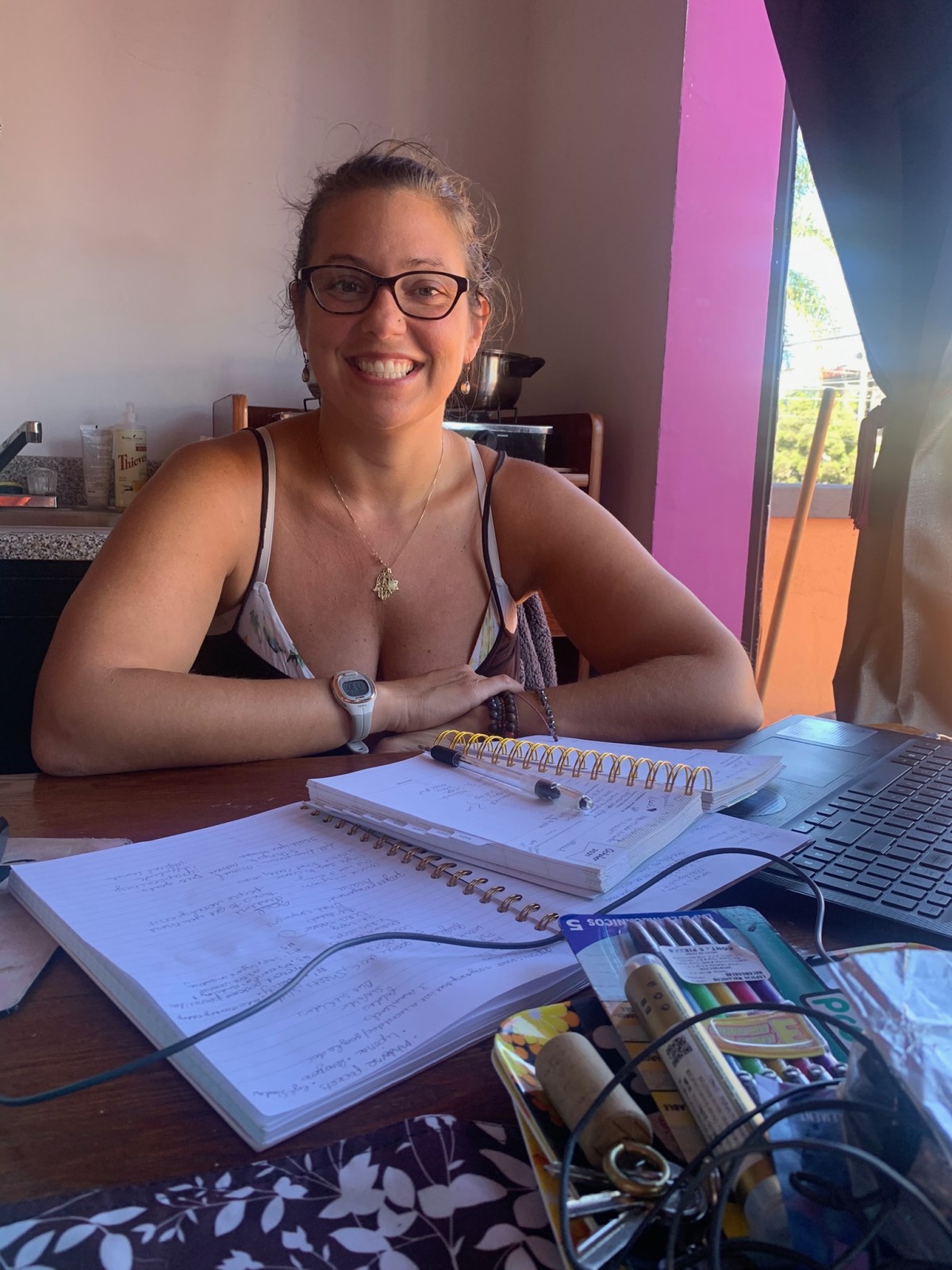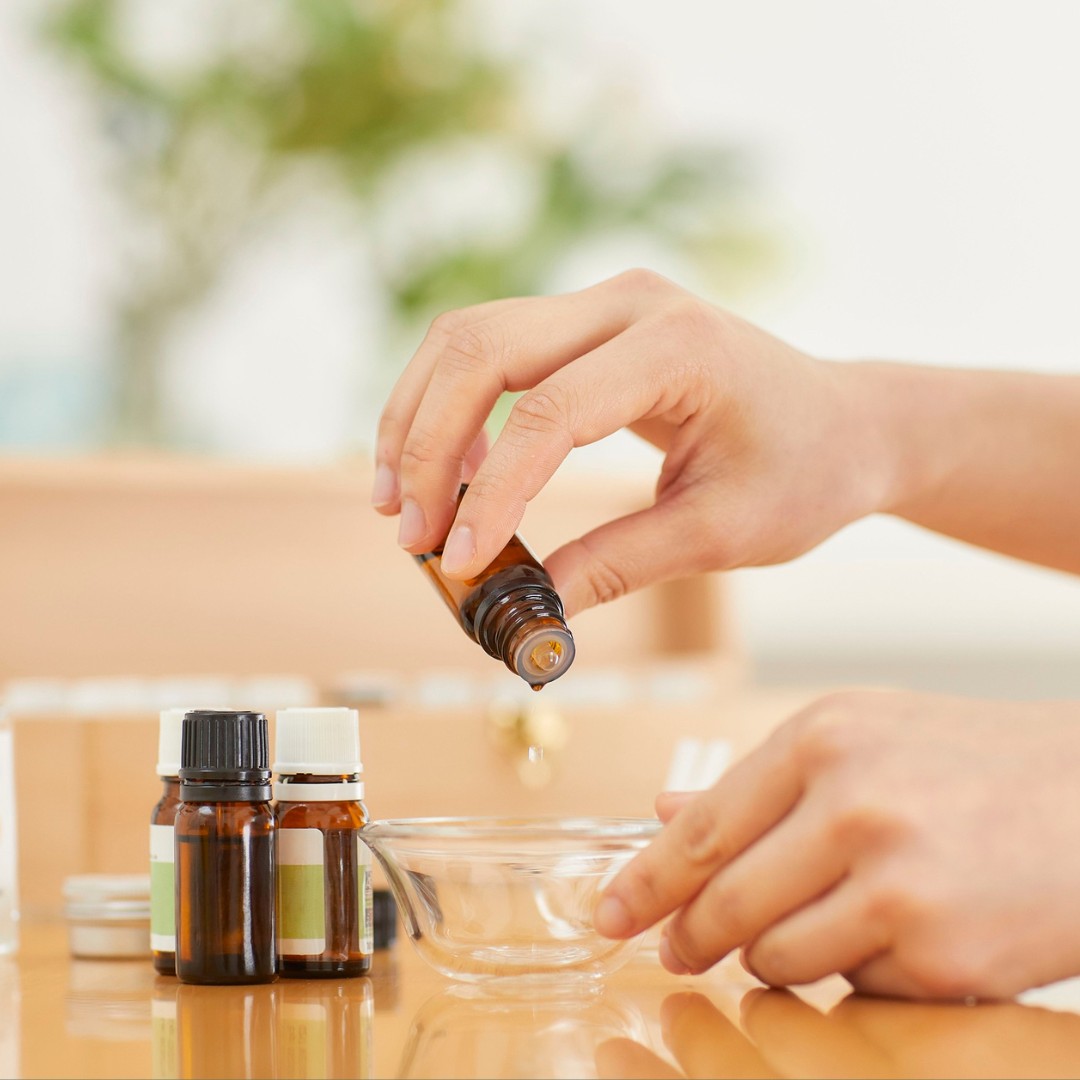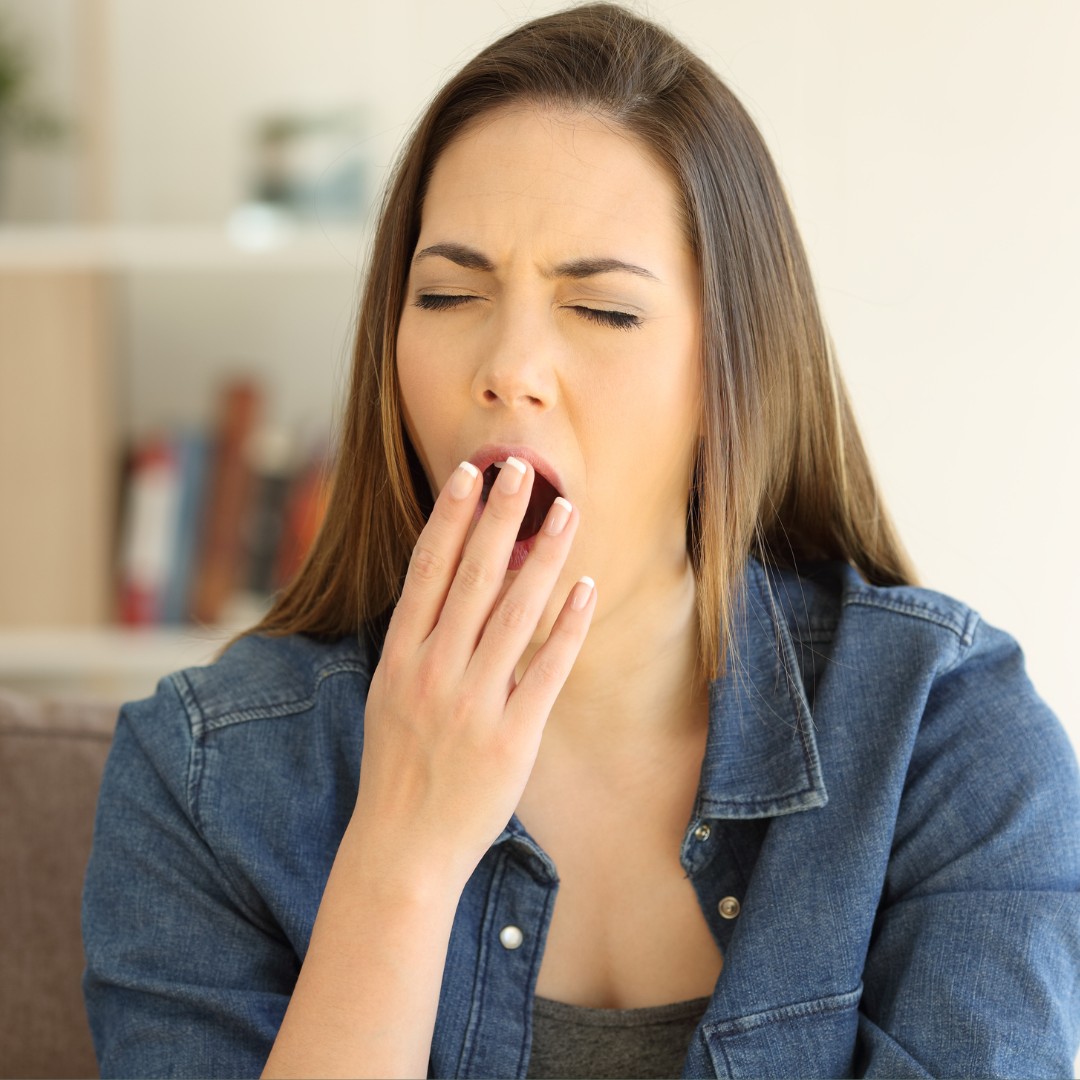
If you’ve ever felt like your hormones are running the show — one week you’re thriving, the next you’re crying over a burnt piece of toast — you’re not alone. But here’s the truth: your cycle isn’t the problem. It’s the map.
For years, I blamed myself for feeling “off.” The mood swings, the exhaustion, the cramps that made me want to hide in bed — I thought that was just part of being a woman. Turns out, it wasn’t a personality flaw. It was my body asking for support.
Let’s talk about four simple but powerful shifts that can completely change how you feel throughout your month.
🧠 Secret #1: PMS Is a Hormone Imbalance, Not a Personality Flaw
Those pre-period mood swings aren’t all in your head — they’re your hormones speaking. The luteal phase (the days before your period) can bring irritability, anxiety, or low energy when progesterone levels are out of balance. Once you understand what’s really going on, you can stop blaming yourself and start making supportive changes — like better sleep, less caffeine, and more nourishment.
🍫 Secret #2: Magnesium and B6 Are Cycle Gold
Magnesium and vitamin B6 are two nutrients your hormones love. They help your body produce progesterone, ease cramps, and calm the nervous system. Try adding magnesium-rich foods like dark chocolate, leafy greens, and pumpkin seeds to your meals, or consider a quality supplement if needed. It’s a small shift that can make a big difference.
🧘♀️ Secret #3: Gentle Movement Beats HIIT in Your Luteal Phase
Your body naturally slows down before your period — and that’s not weakness, it’s wisdom. During this time, skip the high-intensity workouts and focus on walking, yoga, stretching, or Pilates. These kinds of movement support hormone balance, reduce stress, and help your body transition smoothly into your next cycle.
💆♀️ Secret #4: Calming Your Nervous System Supports Your Hormones
When cortisol (your stress hormone) stays high, it competes with progesterone — leaving you more anxious, moody, and fatigued. Simple habits like deep breathing, journaling, or setting firmer boundaries can help regulate your stress response and support hormonal balance. The calmer your nervous system, the more balanced your cycle will feel.
Your Cycle Is Not the Enemy — It’s Your Superpower
Your body isn’t broken or working against you. She’s communicating. When you start syncing your nutrition, movement, and mindset with your cycle, you’ll notice fewer symptoms and more ease.
Because your hormones were never meant to make life harder — they were designed to guide you toward balance, rest, and renewal.
🌿 Want to Learn More?
If this post resonated with you, you’ll love what I share in my weekly emails — simple, science-backed tips to help you support your hormones, boost your energy, and feel more like yourself again (without the overwhelm).
👉 Join my email list here to get my best hormone and wellness tips delivered straight to your inbox.

For so long, I thought hormone balance had to come from something else.
Another supplement. Another fancy adaptogen. Another routine I couldn’t stick to.
But the truth? My body didn’t need more. It needed a break.
It needed blood sugar that stayed steady, meals that actually nourished, and a nervous system that wasn’t running on fumes. When I started focusing on safety instead of stress, everything shifted.
My energy came back. My mood leveled out. The bloating eased.
It wasn’t magic—it was my body finally getting what it needed to do its job. 🌿
Here’s the thing most of us don’t realize: your hormones aren’t the problem. They’re responding to what’s going on in your body. When you’re under constant stress, skipping meals, living on caffeine, or barely sleeping—your body does what it’s supposed to do. It protects you by slowing things down, holding on to energy, and shifting resources away from things like fertility, digestion, and metabolism.
That’s why the answer to hormone balance isn’t another quick fix—it’s giving your body a sense of safety.
Here’s where you can start:
✨ 1. Eat to support blood sugar balance.
Aim for protein, fiber, and healthy fats in every meal. This helps stabilize energy, reduce mood swings, and prevent those 3 p.m. crashes that send your stress hormones soaring.
✨ 2. Ditch the all-or-nothing mindset.
You don’t need a “perfect” routine to see progress. Start with small shifts—like eating within an hour of waking up, or adding a balanced afternoon snack—to show your body it can trust you to fuel it consistently.
✨ 3. Regulate your nervous system daily.
Your hormones depend on your nervous system feeling safe. Try grounding practices like deep breathing, gentle movement, sunlight, or even just slowing down before meals.
✨ 4. Prioritize rest without guilt.
Hormone health thrives on recovery. Give yourself permission to sleep more, take rest days, and say no to the things that drain you.
When you create consistency around nourishment, movement, and rest, your body naturally finds its rhythm again—without the overwhelm.
If you’re tired of chasing balance and just want to feel like yourself again, start here.
And if you’re ready for more support, be sure to give me a follow —I help women understand their bodies, balance their hormones naturally, and create simple daily rhythms that actually fit their real lives.
Because you don’t need more products—you need a plan that works with your body, not against it. 💛

Before I got pregnant, I was in the best health of my life.
I was following a protocol that supported my mitochondria (IYKYK), cooking most of my meals, sleeping well, and feeling damn good in my body.
But it didn’t start that way.
There was a time when I was constantly exhausted, my gut was a mess, and my hormones felt like an unsolvable mystery. I was doing all the things — eating clean, taking supplements, running labs — and still felt like something was off.
Then someone handed me a bottle of essential oil.
I smiled politely and thought, “Cool, another thing to smell pretty while I try to hold it together.”
But I tried it anyway.
Here’s the thing — not all oils are created equal. The ones you find at the grocery store? Let’s just say… not the same. The oils I started using were pure, therapeutic, and intentionally formulated — and they worked.
I learned that essential oils aren’t magic. But they are chemical messengers — just like your hormones. And when used correctly, they can support your body in powerful ways.
Here’s what I noticed and later confirmed through research:
✔️ They can calm your nervous system, lowering cortisol and supporting progesterone.
✔️ They can help with estrogen detox.
✔️ They can boost focus and reduce brain fog.
✔️ They can help balance mood swings throughout your cycle.
✔️ They can calm your nervous system, lowering cortisol and supporting progesterone.
✔️ They can help with estrogen detox.
✔️ They can boost focus and reduce brain fog.
✔️ They can help balance mood swings throughout your cycle.
I started using them in small, intentional ways:
🧠 When I felt foggy, I reached for rosemary and peppermint.
💛 When anxiety crept in, I used bergamot and clary sage.
🌙 When I couldn’t sleep, I used cedarwood and lavender.
🧠 When I felt foggy, I reached for rosemary and peppermint.
💛 When anxiety crept in, I used bergamot and clary sage.
🌙 When I couldn’t sleep, I used cedarwood and lavender.
It wasn’t an overnight transformation — but it was a real one. Over time, as I paired these oils with proper nutrition, stress management, and mindset work, they became anchors in my healing journey.
Now, they’re part of what I teach my 1:1 and group clients — because they’re simple, effective, and actually doable for busy women who want to support their hormones and energy naturally.
book a free call with me
Sometimes healing doesn’t look like adding more.
Sometimes it’s about finding small, sustainable tools that bring your body back into balance — one deep breath at a time.

Your body is wildly intelligent. She knows what to do. She wants to heal, to restore balance, and to bring you back home to yourself. But here’s the part we often forget—she can’t do that under pressure, stress, or shame.
For so many of us, the default response when something feels “off” is to push harder. To fix it. To control every detail. But true healing doesn’t happen in force—it happens in safety. It happens when we soften, slow down, and actually listen.
There’s one sentence that completely changed how I show up for myself on the hard days:
✨ “My body remembers how to heal. I am learning to listen.” ✨
That reminder is powerful because it shifts the focus from doing to trusting. Your body hasn’t forgotten how to restore itself—it just needs the space and support to do what it already knows how to do. That might look like choosing rest over productivity, nourishment over restriction, or self-compassion over self-criticism.
The truth is, healing isn’t about perfection or ticking boxes on a to-do list. It’s about reconnecting with your body—learning her cues, honoring her needs, and letting go of the belief that you have to control everything to feel better.
So, the next time you feel overwhelmed or disconnected, pause. Place a hand on your heart. Take a deep breath and remind yourself: My body remembers how to heal. I am
learning to listen.
Because your body doesn’t need punishment to heal—she needs partnership.
✨ If this message resonates with you, follow me on Instagram for daily reminders to slow down, trust your body, and find balance through hormone and gut health. Let’s learn to listen together.

You’ve probably heard it before: “You can get pregnant any time in your cycle.”
It’s one of the most common myths in women’s health and it’s completely false.
Here’s the truth:
You’re only fertile for about 5–6 days per cycle. That’s it.
Understanding which days those are can make all the difference—whether you’re trying to conceive or trying to avoid pregnancy naturally.
Your fertile window isn’t random—it’s based on your body’s hormonal rhythm and subtle signs that often get overlooked.
What determines your fertile window
Your body gives you clues throughout your cycle, including:
🌀 Cervical mucus: This changes in texture and appearance as estrogen rises. Around ovulation, it becomes clear and stretchy—your body’s natural signal that you’re fertile.
🌀 LH surges: The luteinizing hormone triggers ovulation, and testing for this surge helps pinpoint your most fertile days.
🌀 Temperature shifts: After ovulation, your basal body temperature slightly increases. Tracking these changes confirms that ovulation actually happened.
🌀 Hormonal patterns: Beyond apps and averages, understanding your body’s hormone signals gives you the most accurate insight into your fertility window.
Why this matters
Many women rely on period-tracking apps that use generic algorithms, but these often miss the nuances of your personal cycle. If your hormones, thyroid, or gut health are out of balance, your cycle might not follow “textbook” patterns—and that’s when confusion and frustration set in.
Learning how to recognize your own fertile signs puts you back in tune with your body. You’ll start to notice how energy, mood, and even cravings shift throughout the month—all valuable information that can help you support your hormones naturally.
Supporting your body through your cycle
When you understand your fertile window, you can begin making small adjustments that support your body’s rhythm.
- Eat balanced meals with protein, fiber, and healthy fats to keep blood sugar steady.
- Prioritize rest and gentle movement around ovulation and your luteal phase.
- Manage stress through breathwork, journaling, or simply spending a few minutes outdoors.
Your cycle isn’t something to control - it’s something to understand.
When you know how to read the signs your body is giving you, you can make more informed choices about your health, fertility, and overall well-being.












